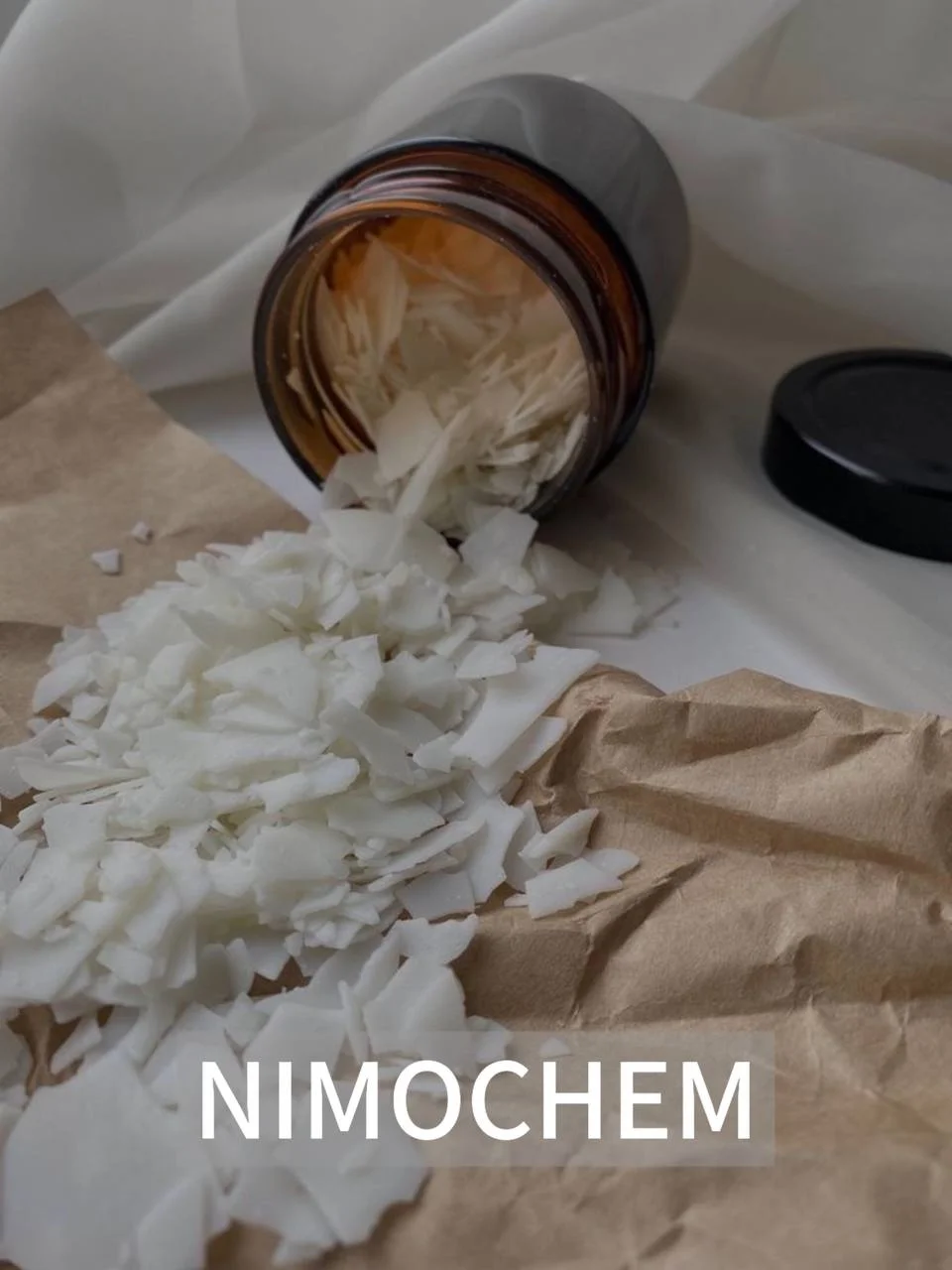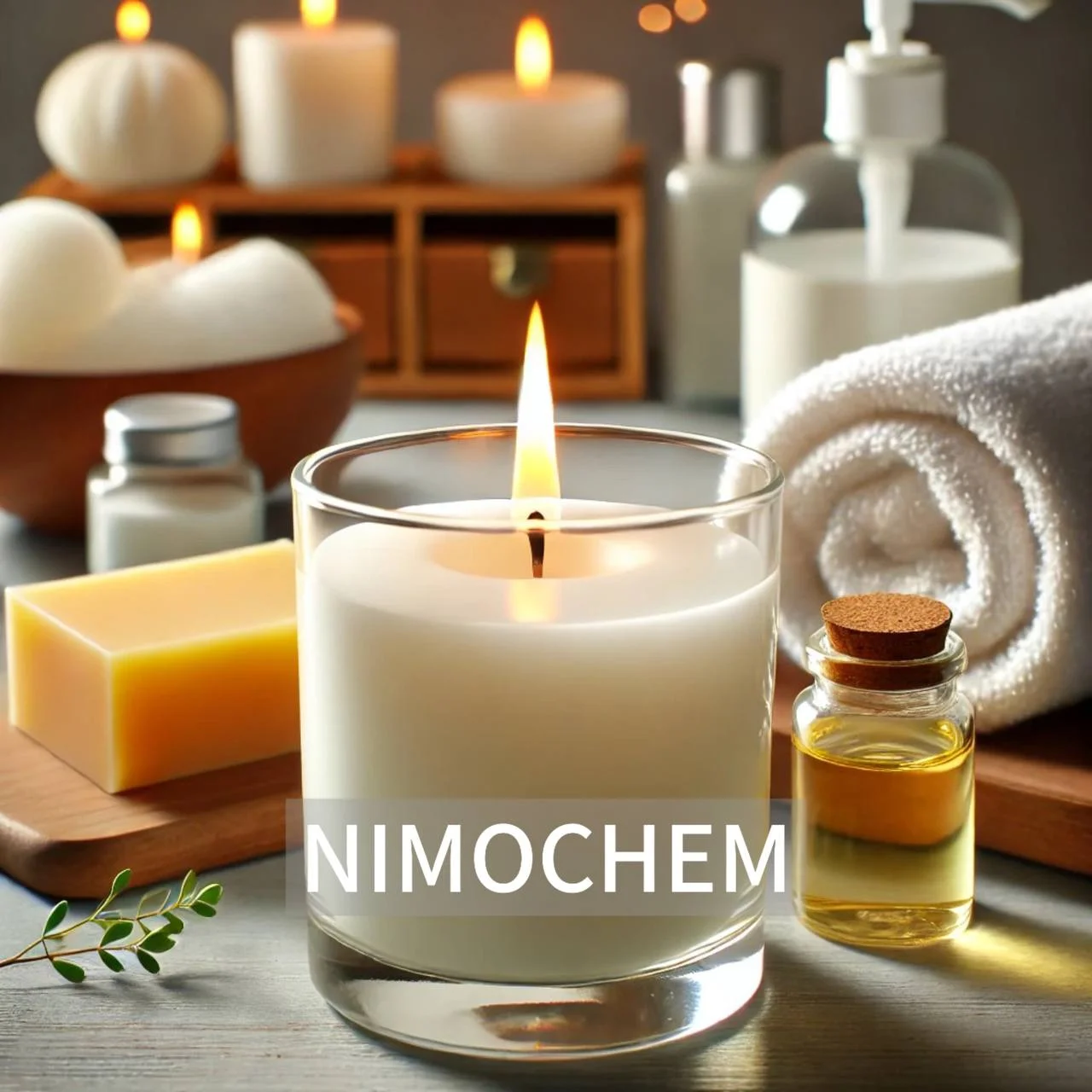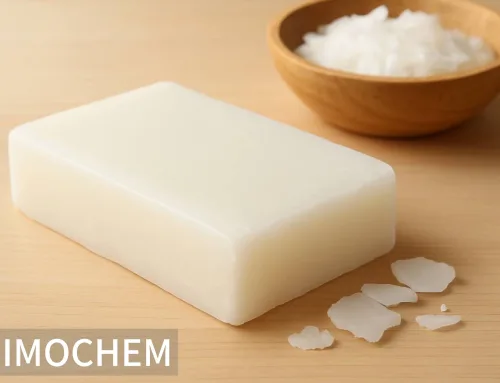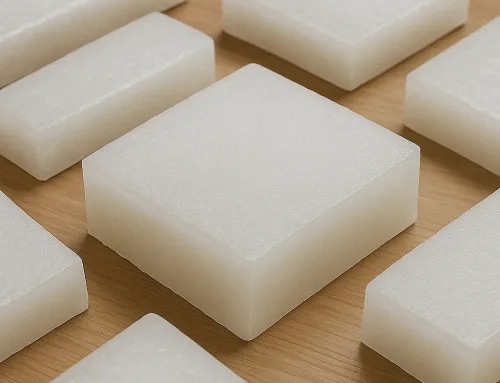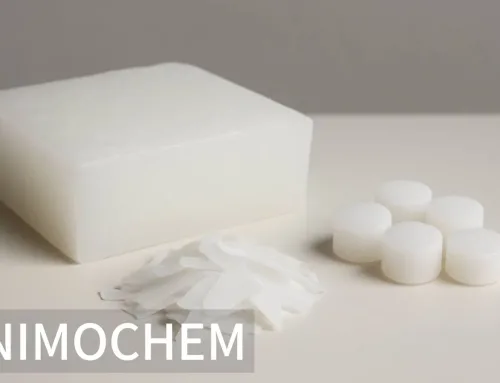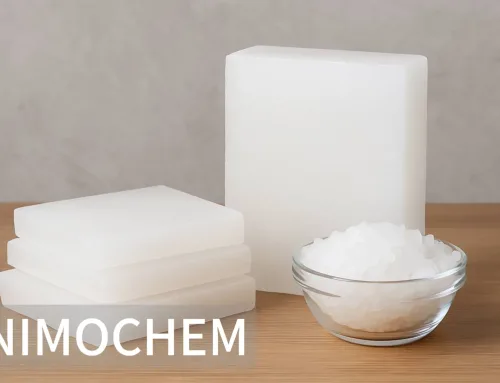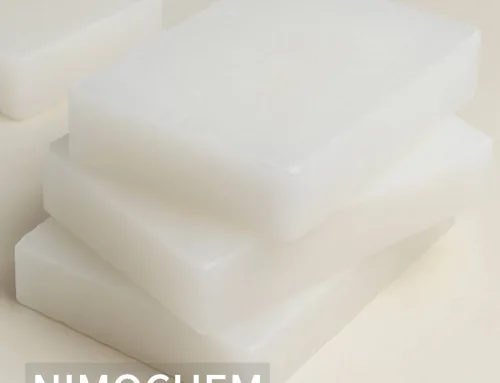Is Paraffin Wax Safe? Myths vs. Facts
Paraffin wax is a widely used material, found in everything from candles to cosmetics. But is it truly safe? Over the years, several misconceptions have arisen about paraffin wax, especially regarding its use in everyday products. In this article, we’ll debunk these myths and offer a science-backed perspective on the safety of paraffin wax.
Common Misconceptions About Paraffin Wax
When discussing the safety of paraffin wax, several myths commonly pop up, often due to misinformation or misunderstanding of the material’s properties.
1. Myth: Paraffin Wax Releases Harmful Toxins
– Fact: One of the biggest misconceptions is that paraffin wax emits harmful chemicals when burned or heated. While paraffin wax is a byproduct of petroleum refining, studies show that it burns cleanly when used properly, especially in high-quality candles. The U.S. Environmental Protection Agency (EPA) and the European Candle Association have conducted tests confirming that paraffin wax does not pose health risks when used in candles.
2. Myth: Paraffin Wax is Dangerous for Skin
– Fact: Another common myth is that paraffin wax is harmful when applied to the skin. However, paraffin wax is widely used in the beauty industry, particularly in skincare treatments for moisturizing and softening the skin. Cosmetic-grade paraffin wax undergoes strict purification processes to remove impurities, making it safe for use in spa treatments and other beauty applications.
3. Myth: Paraffin Wax Causes Respiratory Issues
– Fact: There is concern that burning paraffin candles can contribute to indoor air pollution. However, according to studies, candles made from high-quality paraffin wax emit negligible amounts of volatile organic compounds (VOCs) or soot. Poor air circulation or burning candles improperly can lead to issues, but this is true for all types of candles, not just those made from paraffin.
Scientific Backing: Paraffin Wax in Candles, Cosmetics, and More
Scientific research supports the safety of paraffin wax in various applications, including cosmetics and candles. Let’s break down the facts:
1. Candles: Paraffin wax has been studied extensively for use in candles. According to the European Candle Association, paraffin wax candles, when made and burned properly, pose no health risks. They release carbon dioxide and water vapor, just like other types of wax, such as soy or beeswax. High-quality paraffin wax burns cleanly and doesn’t emit harmful levels of pollutants.
2. Cosmetics: Paraffin wax is commonly used in skincare products, particularly in treatments for dry skin. When heated and applied to the skin, paraffin wax acts as an emollient, creating a barrier that helps retain moisture. It is widely used in spas for paraffin hand and foot treatments. The Food and Drug Administration (FDA) lists paraffin wax as safe for use in cosmetics, provided it meets strict purity standards.
3. Medical Treatments: Beyond cosmetics, paraffin wax is used in therapeutic treatments, such as in heat therapy for arthritis. The wax is warmed and applied to joints and muscles to relieve pain and stiffness. Medical-grade paraffin wax is specifically formulated for such uses, ensuring its safety.
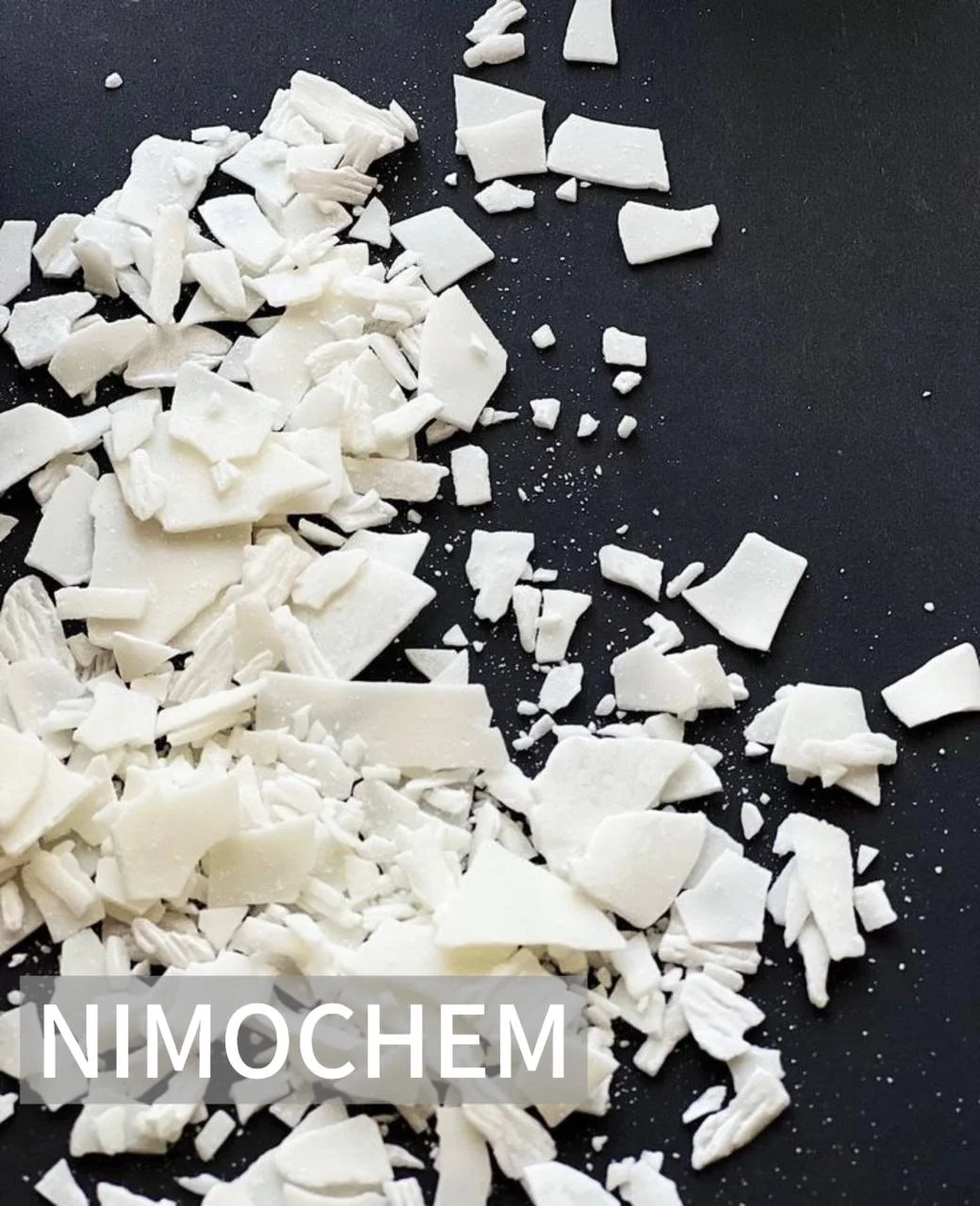
How to Ensure You’re Using Safe, High-Quality Paraffin Wax
While paraffin wax is generally safe, ensuring the quality of the product you’re using is essential. Here are some tips to make sure you’re using safe, high-quality paraffin wax:
1. Purchase from Reputable Sources: Always buy paraffin wax or paraffin wax products from trusted manufacturers. Look for reputable brands that adhere to safety regulations and quality standards.
2. Choose Refined Paraffin Wax: Refined paraffin wax is highly purified and free from harmful impurities. When buying candles, cosmetics, or raw wax for your own use, check that the wax has been properly refined and is cosmetic- or food-grade.
3. Burn Candles in Well-Ventilated Areas: To prevent any potential indoor air quality issues, burn candles in rooms with good air circulation. Trim the wick to avoid excess smoke and soot, and follow the manufacturer’s recommendations for burn time.
4. Check for Additives: Some paraffin wax products may contain additives like artificial fragrances or dyes. While these are generally safe, they can sometimes cause irritation or allergies in sensitive individuals. Opt for fragrance-free or natural-scented paraffin wax products if you’re concerned.
So, is paraffin wax safe?
Yes! When used appropriately, paraffin wax poses no significant health risks. From candles to cosmetics, its versatility and safety are backed by scientific studies and regulatory bodies. The key is to ensure you’re using high-quality, refined paraffin wax from trusted sources. By debunking the myths and understanding the facts, you can enjoy the benefits of paraffin wax without worry.
If you have any questions about using paraffin wax in your products, feel free to explore our selection of high-quality paraffin waxes and related materials.
